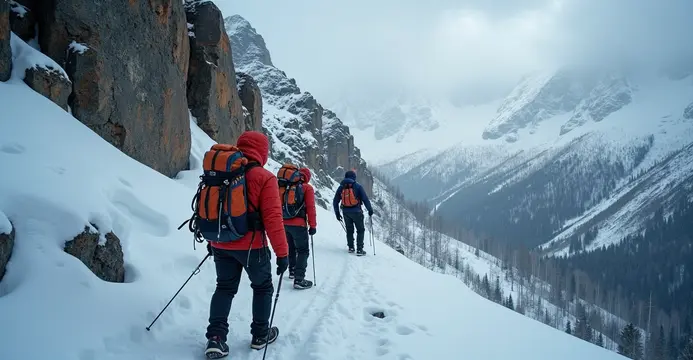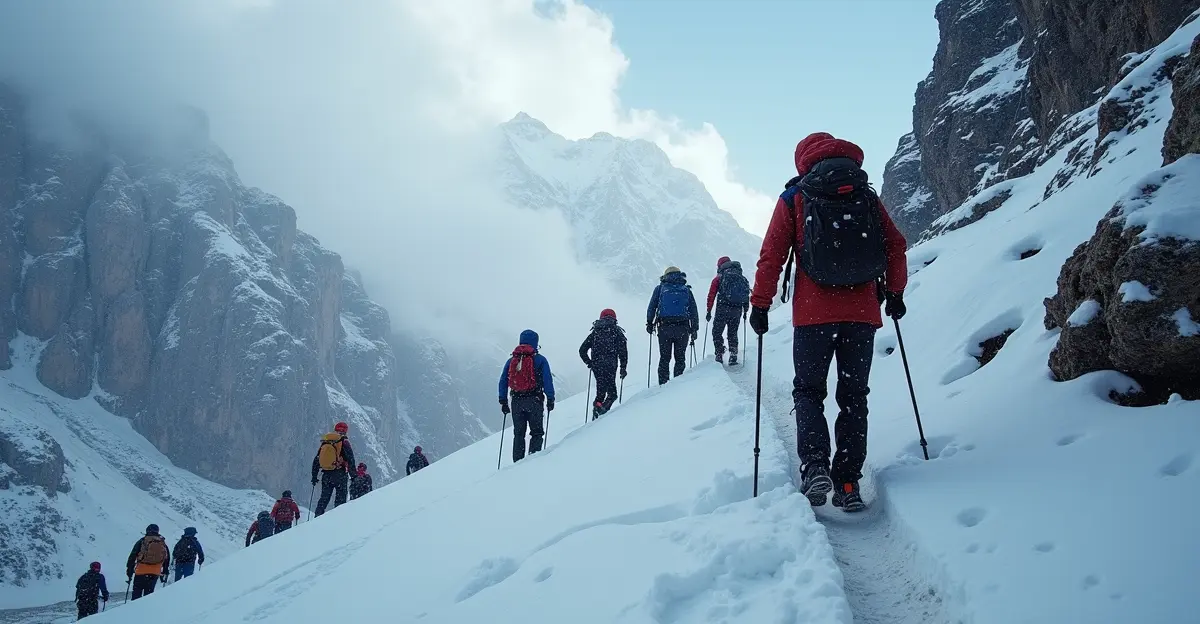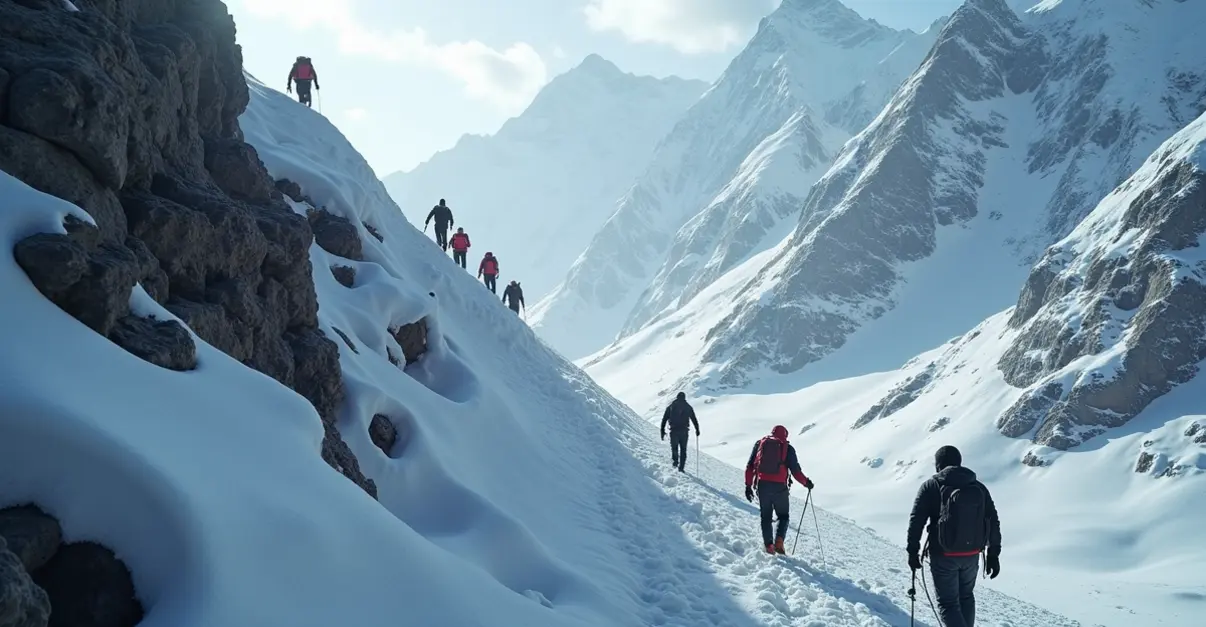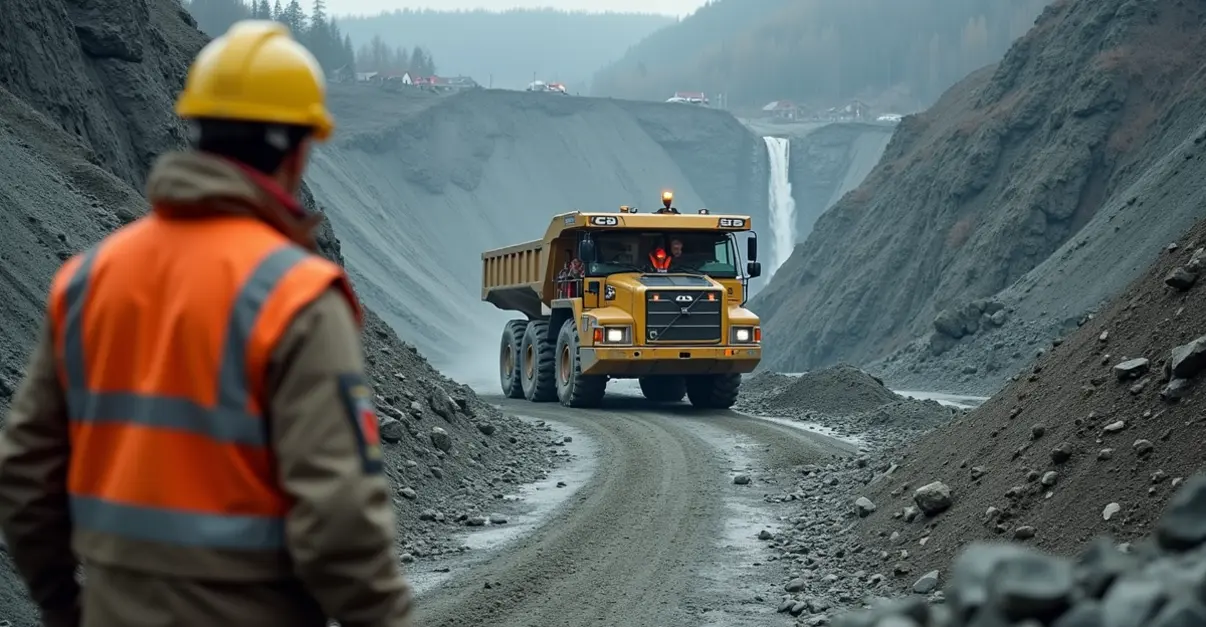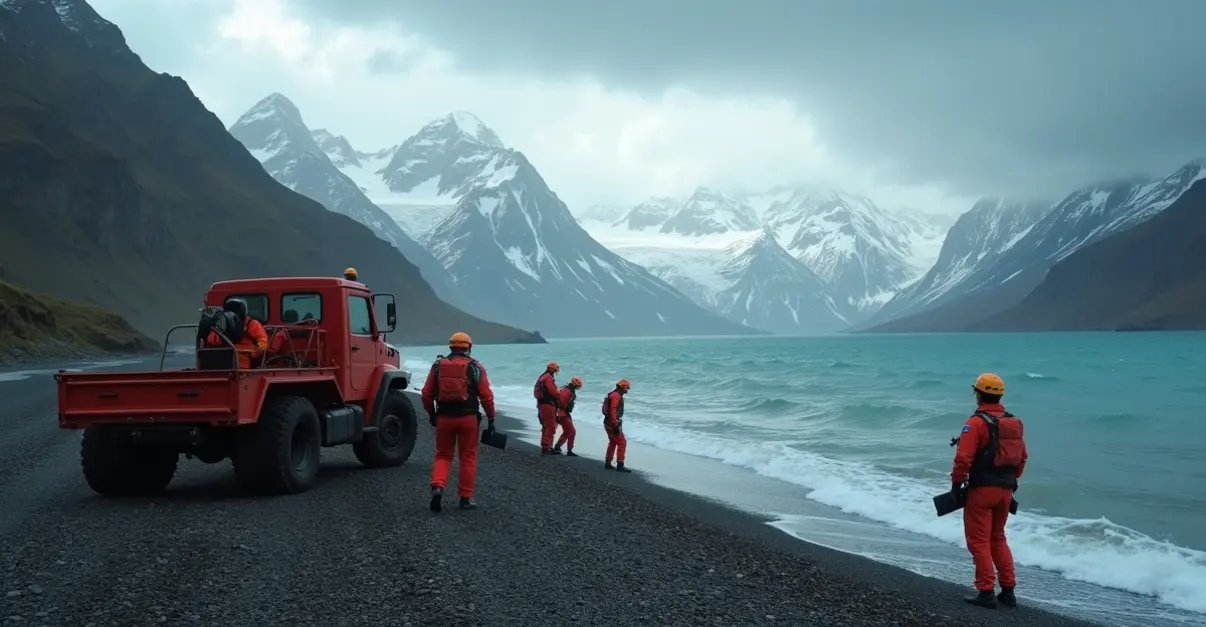All 580 hikers stranded by a severe snowstorm near Mount Everest in Tibet have been rescued in a massive operation involving police, firefighters and Tibetan volunteers during China's Golden Week holiday.
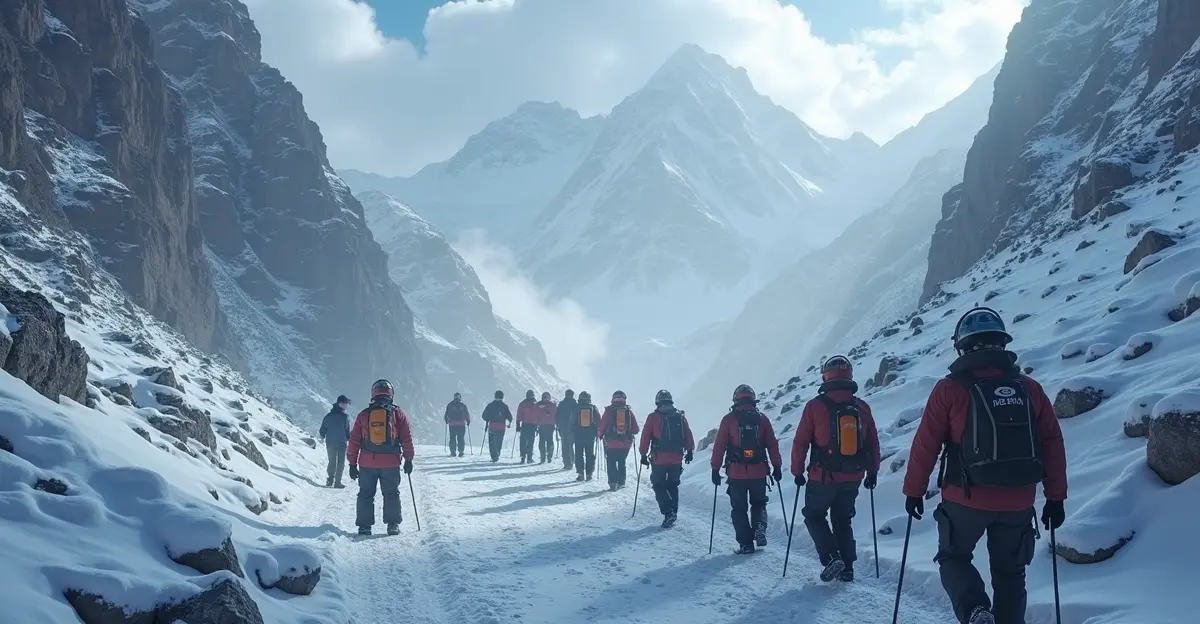
Massive Rescue Operation Saves 580 Hikers in Tibet
In a dramatic high-altitude rescue operation, all 580 hikers and more than 300 guides and yak herders stranded by a severe snowstorm in the Mount Everest region of Tibet have been safely evacuated. The rescue, which concluded in the early hours of Tuesday, involved hundreds of police officers, firefighters, and Tibetan volunteers working in treacherous conditions at altitudes exceeding 4,200 meters (13,780 feet).
'We've never seen weather like this in October before,' said veteran guide Tenzin Dorje, who was among those rescued. 'The snow came so fast and heavy that within hours we were completely cut off. The rescue teams were absolute heroes.'
Unprecedented October Storm
The snowstorm struck during China's Golden Week holiday, a peak travel period when millions of Chinese tourists visit domestic destinations. The timing proved particularly dangerous as the region typically experiences clear skies and mild temperatures in October, making it one of the most popular months for Everest treks.
According to meteorological experts, the storm was highly unusual for this time of year. 'October is normally one of the safest windows for Himalayan trekking,' explained Dr. Ming Chen, a climatologist at Tsinghua University. 'This level of snowfall in early October is extremely rare and caught everyone by surprise.'
Coordinated Rescue Effort
The rescue operation began on Sunday when 350 hikers were initially evacuated to safety. Over the following 48 hours, emergency teams worked around the clock to reach the remaining stranded individuals. Rescuers used horses and oxen to navigate the deep snow, which reached up to one meter (three feet) in some areas, crushing tents and creating avalanche risks.
'The conditions were absolutely brutal,' described rescue team leader Wang Jian. 'We had to clear paths through chest-deep snow while dealing with hypothermia cases and altitude sickness. Every minute counted.'
The operation involved coordination between multiple agencies, including local police, fire departments, and hundreds of Tibetan volunteers who knew the terrain intimately. Rescue teams established temporary shelters with heating equipment and oxygen supplies at strategic points along the evacuation route.
Regional Impact and Safety Concerns
The incident has prompted authorities to temporarily close hiking routes to the Karma and Rongshar valleys and suspend climbing permits for Cho Oyu, the world's sixth-highest mountain. The rescue comes as neighboring Nepal deals with its own weather-related emergencies, where flooding and landslides have claimed dozens of lives.
Safety experts are raising concerns about the growing number of inexperienced tourists attempting high-altitude treks. 'Social media has created a surge in demand for Everest experiences,' noted mountain safety consultant Lisa Zhang. 'Many of these hikers lack proper preparation and training for extreme weather conditions.'
The successful rescue operation highlights both the dedication of emergency responders and the ongoing challenges of managing tourism in one of the world's most dangerous environments. As climate patterns become increasingly unpredictable, authorities are considering stricter regulations for high-altitude trekking during peak seasons.
All rescued hikers are receiving medical attention, with several treated for hypothermia and altitude-related conditions. The incident serves as a stark reminder of the Himalayas' unpredictable nature, even during what should be the safest climbing season.

 Nederlands
Nederlands
 English
English
 Deutsch
Deutsch
 Français
Français
 Español
Español
 Português
Português




